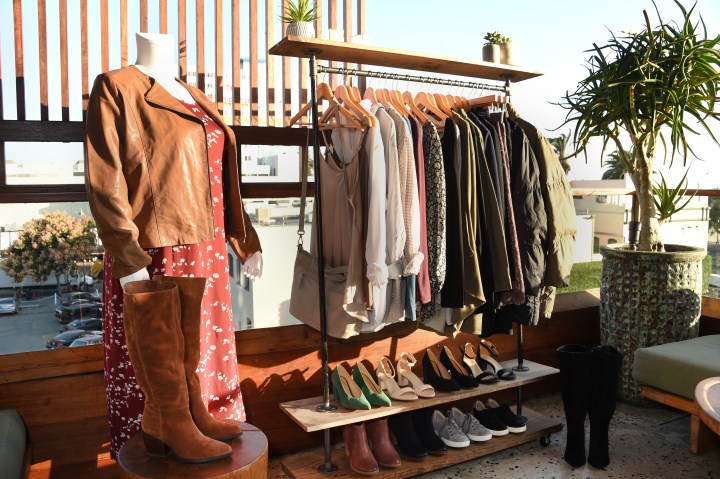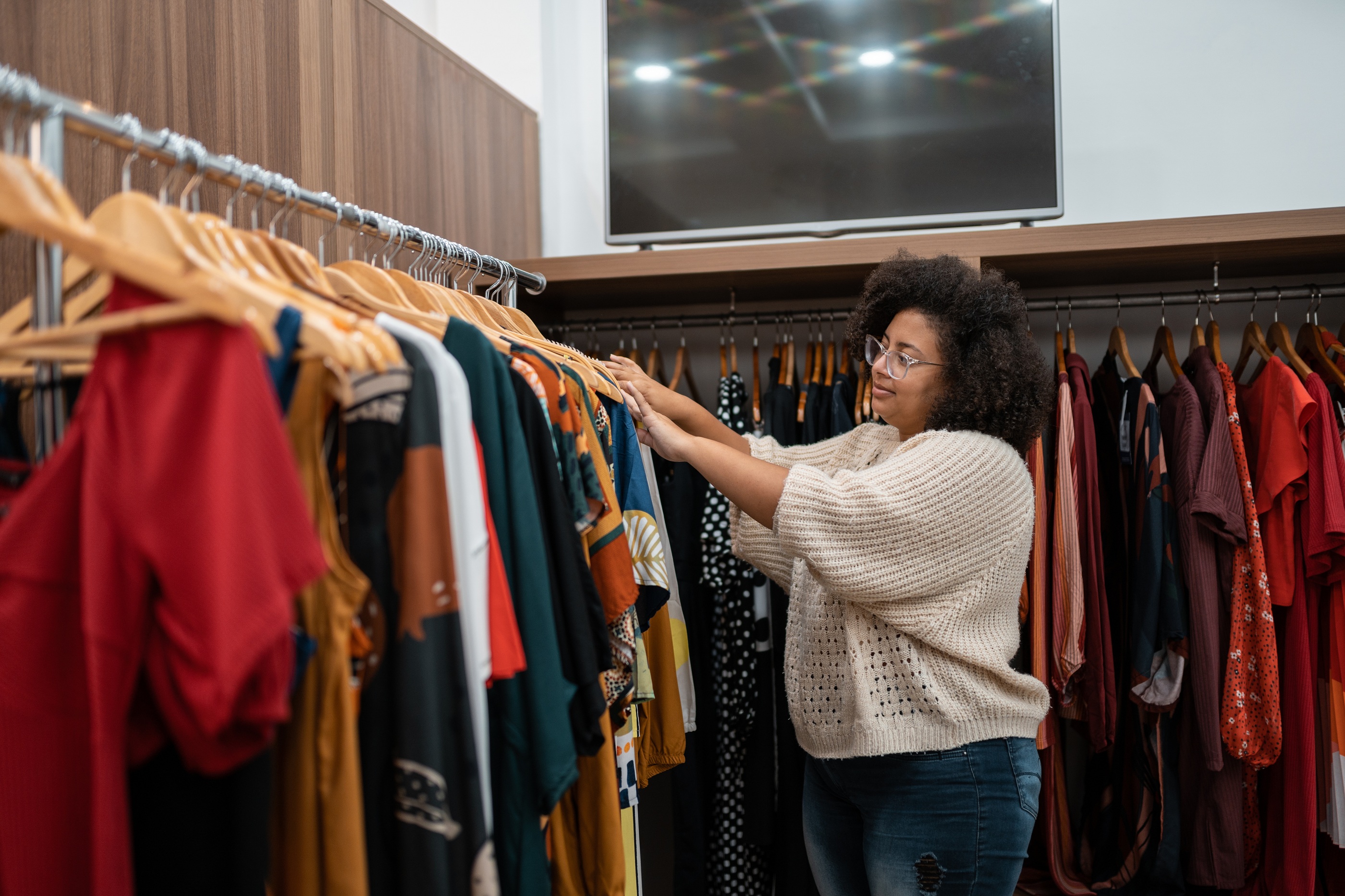
Apparel brands turn to #curvy influencers to court online shoppers
Apparel brands turn to #curvy influencers to court online shoppers

There’s a point in many women’s lives when they realize that they will never be thin enough to live up to the beauty standards set by fashion brands and glossy magazines.
Influencer Raeann Langas turned that realization into an opportunity when she decided she would become the curvy representation she didn’t see in her favorite fashion blogs in the 2010s.
“I would look at all these girls,” she said, “and I loved their style, but I was like ‘I have no idea if I bought that dress what it would look like on my body.’”
Langas, who wears a size 12-14 and has hundreds of thousands of followers, is part of new wave of body-diverse content creators who are posting their outfits on Instagram and TikTok under the hashtags “plus-size,” “curvy” or “midsize.” (Those hashtags are used in 4.4 million, 1.5 million and 346,000 posts on TikTok, respectively.) Often these videos feature women showing off their clothes, like their outfit of the day or a recent “haul” from a specific brand or store.
This content is critical for fashion brands that depend on curvy influencers to appeal to the increasingly online American shopper. It’s never been easier for a customer to see what a product would look like on their specific body type — all they have to do is type their dress size into a search bar.
“What people are really looking for from an influencer is their ability to curate as e-commerce continues to grow,” said retail analyst Claire Tassin. “The product proliferation becomes so overwhelming that if someone can tell me, ‘Hey, buy these jeans,’ and I’m following an influencer who has a similar body type to mine, they have done weeks of research for me and I can follow that recommendation.'”
Influencers have hundreds to millions of followers and represent different sizes, styles, body types, skin colors, cultural backgrounds and wear clothes that range in price and quality.
There are many genres of this curvy content that feature different hashtags, like #GRWM (get ready with me), where women invite the viewer into their bedrooms to watch them get dressed. Often, the video starts with the creator wearing underwear, showing their stomachs, stretch marks or cellulite.
In one of Langas’ recent videos, she recreated a look she found on Pinterest of a very thin model wearing a vest and jeans.
“Let’s make Pinterest curvy!” she said in the video, where she pulls a pair of jeans over her thighs and buttons a vest – a little skin is showing from her lower stomach.
“This is something I would definitely be normally hesitant to wear to show off my belly but honestly, who gives a f—,” she said.
But while influencers may rail against the fashion industry’s unrealistic beauty standards, most are — or aspire to be — part of the industry. For Langas, it’s a full-time job (she wouldn’t specify her salary), though most influencers have fewer followers and don’t make enough to quit their day jobs.
They earn money publishing on Instagram and TikTok on behalf of brands. They can also profit from posting links to clothes in their videos. Often, they’ll court major brands by hyping up and posting their products, hoping the company will notice and start paying them for these posts.
It’s part of a growing business, said Emily Hund, author of “The Influencer Industry: The Quest for Authenticity on Social Media.”
“In the U.S., it’s like tens of millions of people. They are driving billions of dollars in sales for brands,” she said, with the caveat that the exact size of the industry is difficult to measure.
When she reviewed curvy influencer videos, Hund was struck by their raw, seemingly unfiltered nature that would have been strange even a decade ago.
“The fact that they are taking you into their bedrooms or their closets and essentially letting you watch them get changed really cultivates this sense of authenticity,” she said.
And authenticity sells.
“The influencer space has kind of helped push the fashion rules to be rewritten a little bit. The success of influencers and content creators has definitely pushed brands to be more size inclusive, more diverse in their model casting, more thoughtful about their product planning and marketing decisions,” Hund said.
There’s evidence that rewriting those fashion rules is good for mental health. One study by Florida State University found that after viewing plus-size fashion models, women experienced improved psychological health. Conversely, other studies have shown the damaging effects of hyper-thin beauty standards.
The average American woman wears a size 16 to 18 — larger than what many fashion brands carry. Still, thinness pervades fashion runways, advertising and media.
Raeann Langas fears that after some marginal progress within the industry, the pendulum is swinging backward.
“I think that a lot of brands, sadly, don’t care as much anymore for size inclusion,” she said. “There are women who are in bigger bodies who still cannot find things or it’s very difficult to shop, and it’s not easy.”
But the disconnect between the fashion world and what consumers want also has driven conversations and critique among curvy creators and their followers, who want more from apparel brands. Social media has given space for those conversations to happen about body diversity and representation.
LaToya Shambo is CEO of Black Girl Digital, an influencer marketing agency that connects brands with influencers. Her clients have to decide whether a clothing brand is just talking the talk when it comes to body diversity.
“If I go to your website, am I going to see a variety of shapes?” she said.
When authenticity is key to success as an influencer, creators and consumers often notice if a brand is just paying lip service.
“There are brands we don’t work with, we’ve turned them [down], because you’re not consistent. It’s not real,” she said.
There’s a lot happening in the world. Through it all, Marketplace is here for you.
You rely on Marketplace to break down the world’s events and tell you how it affects you in a fact-based, approachable way. We rely on your financial support to keep making that possible.
Your donation today powers the independent journalism that you rely on. For just $5/month, you can help sustain Marketplace so we can keep reporting on the things that matter to you.
















